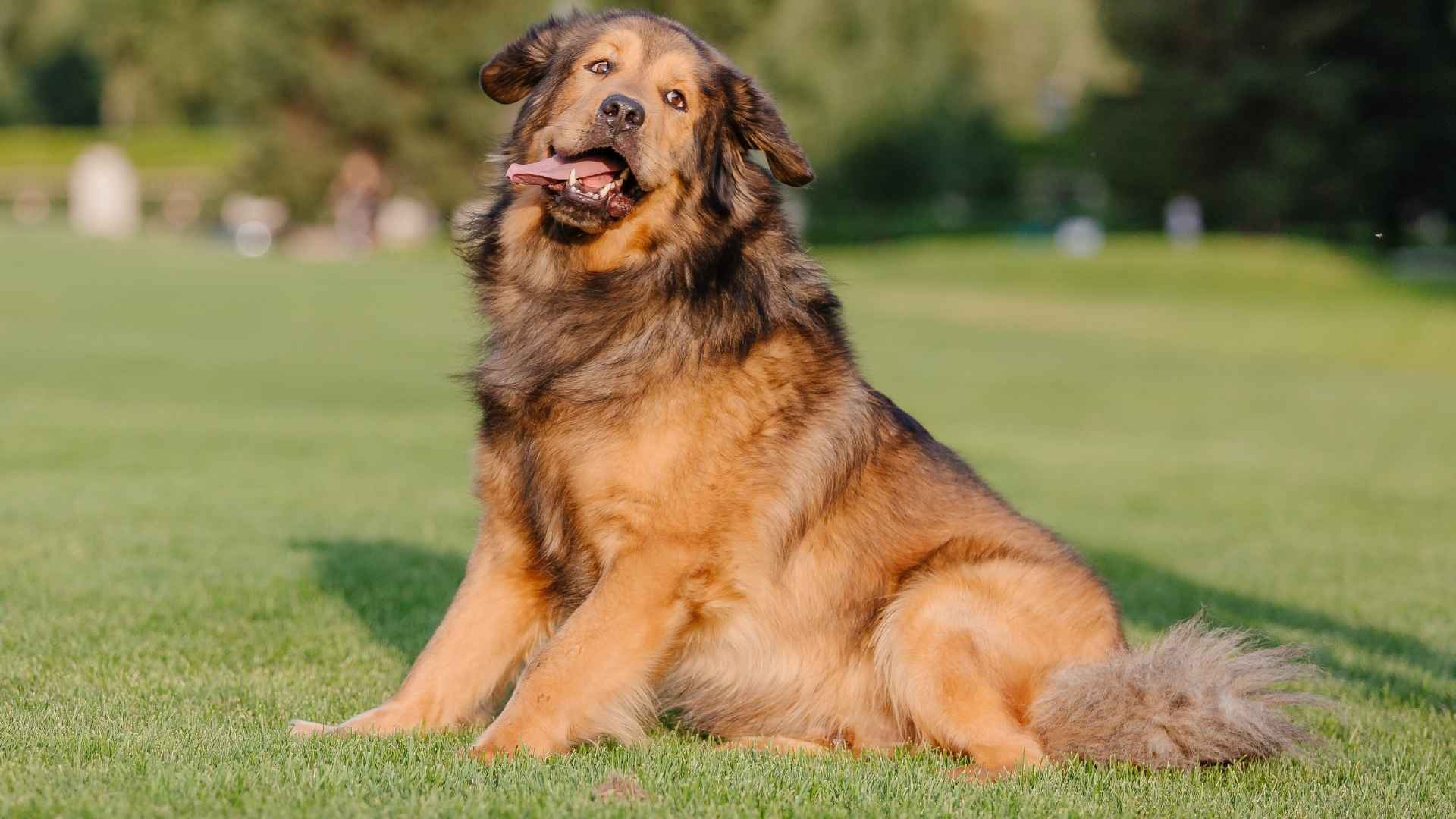Some of the biggest and most interesting dogs in the world are also the ones that only a few people know about. These rare dog breeds aren’t seen very often, which is what makes them even more special. Some of them originate from faraway places and remote lands, often raised to perform tough jobs, like protecting homes and working in the mountains.
Even though these dogs are huge, most of them are sweet and loving. They offer unique looks and interesting histories.
Some dog breeds are rare due to a few key factors. In many cases, they come from remote regions where they were bred for very specific tasks. With the passage of time, these roles are less in demand, so the need for these dogs has also dropped. Other breeds need special care, lots of space, a specific climate, and expert handling. Because of all these reasons, their number has dropped. Now, let’s get to know them.
Rare Large Dog Breeds
1. Otterhound
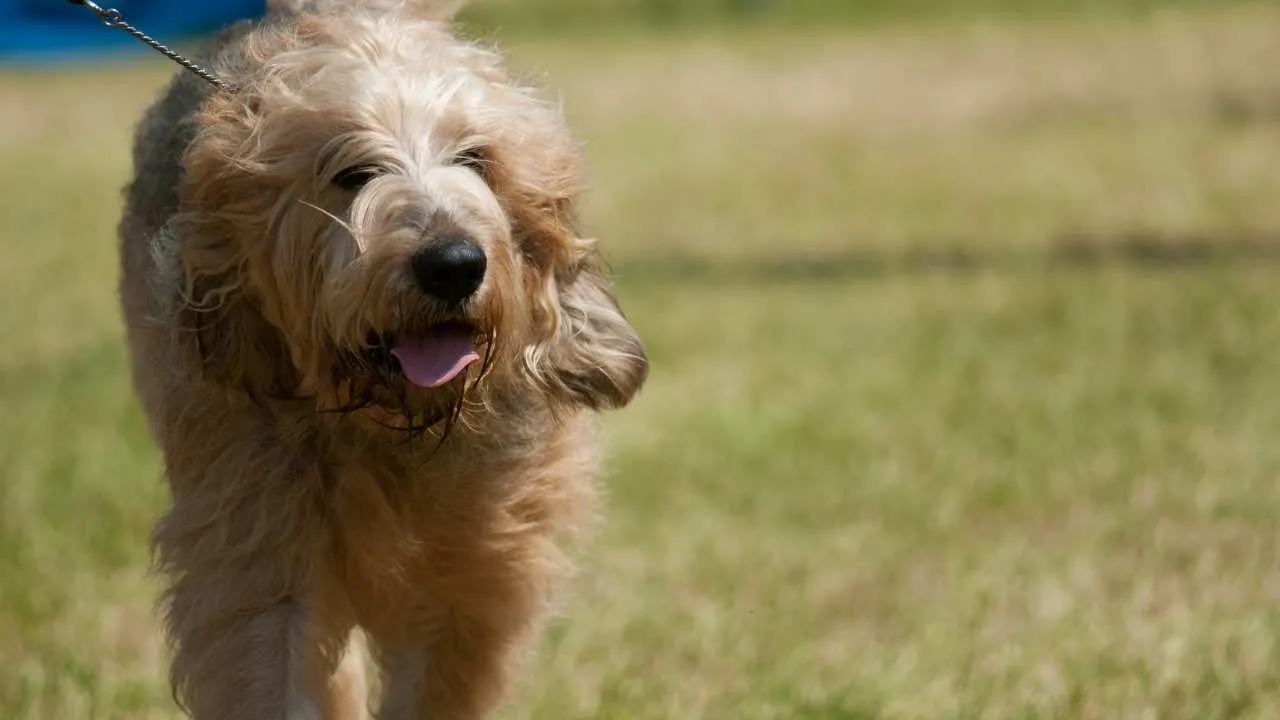
Origin: England
The otter hound is a rare, large scent hound with a rough, shaggy coat and a lovable personality. Originally bred in medieval England, they were used as otter hunting dogs, which tracked them in rivers and streams. Their strong swimming ability, webbed feet, and water-resistant double coat made them perfect for the task.
Today, the Otterhounds are one of the rarest dog breeds, with fewer than 800 of them remaining in the world, as stated by the AKC.
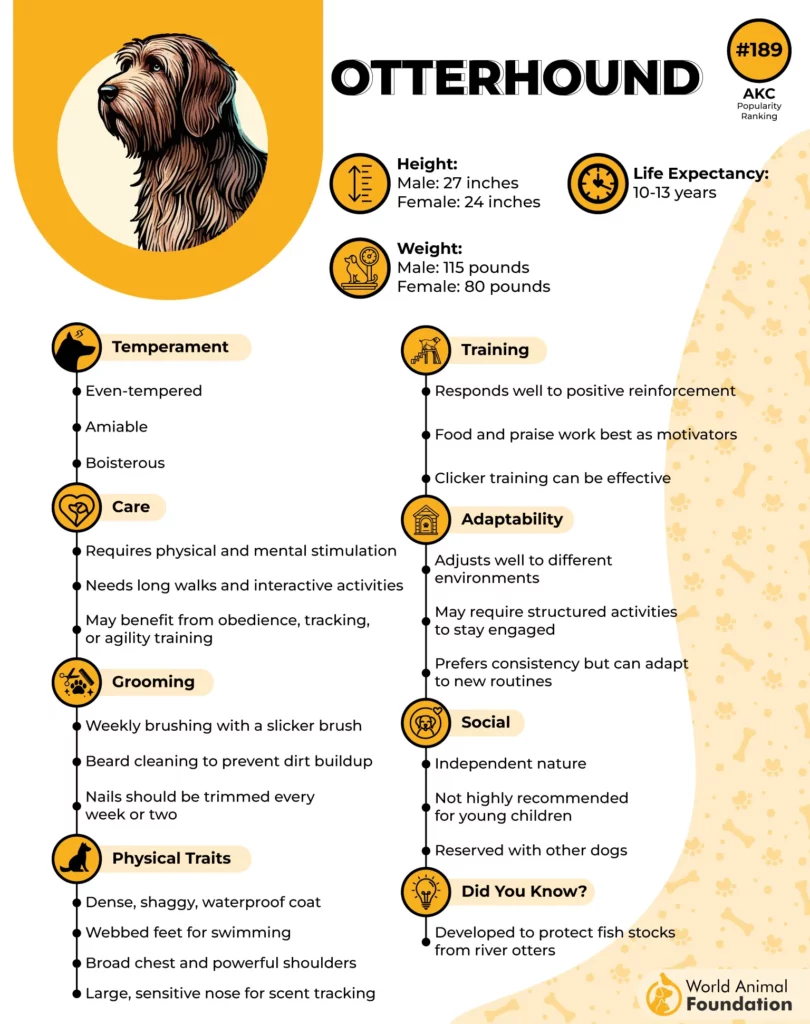
For the right homes, they prove to be delightful companions with their friendly and cheerful nature. Their strong noses and independent nature mean that they may wander off if not watched closely. Additionally, they need plenty of space, regular training, and exercise to stay happy.
Why they’re rare?
Otter hunting was banned
Breed demand and population declined sharply and haven’t fully recovered
2. Tibetan Mastiff
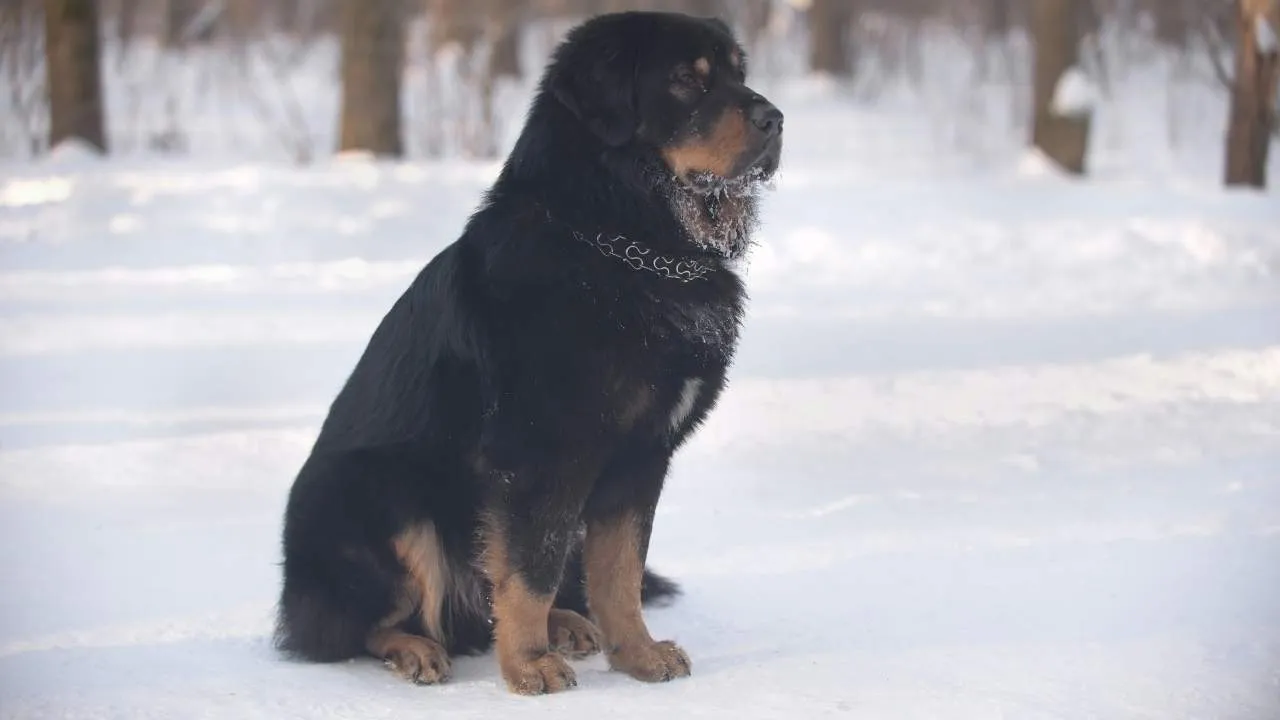
Origin: Tibet and the Himalayan Region
The Tibetan mastiff is an ancient, powerful guardian breed, known for its immense size and thick double coat. They were bred by the Nomadic tribes of Tibet and the Himalayas to protect livestock from wolves and leopards. Their physical build makes them suitable for harsh mountain climates.
They are independent and dignified, not suited for first-time dog owners. Training them requires a firm hand and lots of space. Tibetans often kept their dogs chained in the daytime, when they are active, and unleashed them at night, where they patrol the areas.
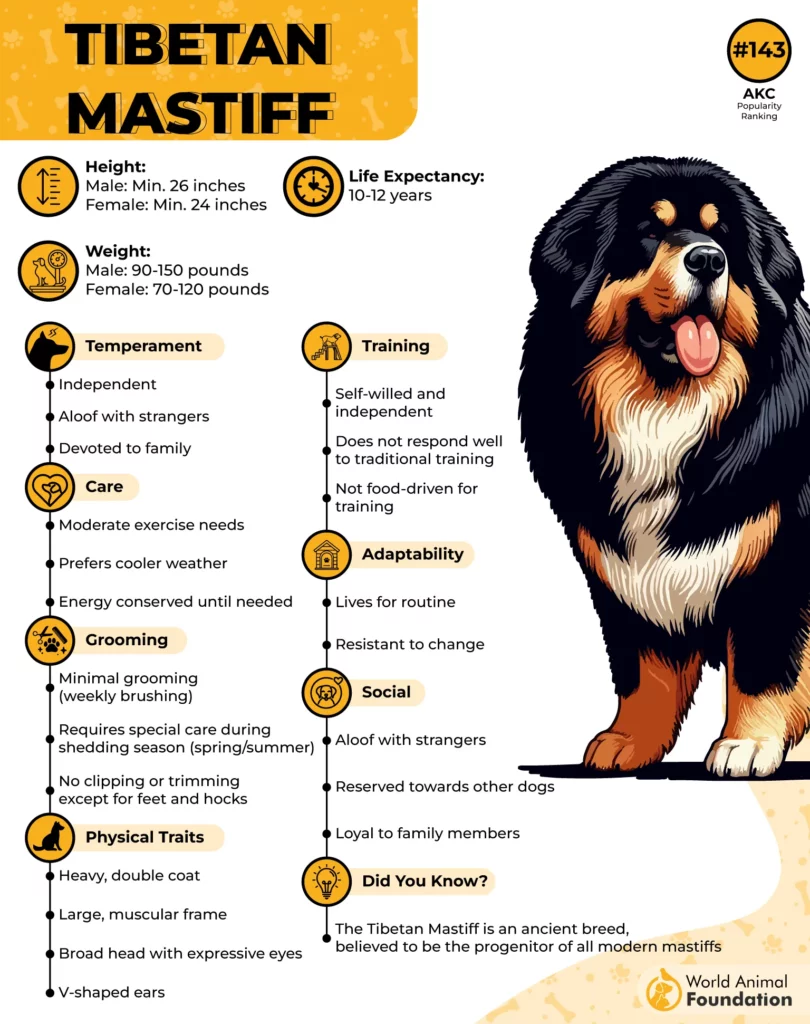
They are naturally wary of strangers and very protective of their homes, totally a guard dog, not a playmate. True Tibetan Mastiffs are incredibly rare and expensive outside of their native regions.
Why they’re rare?
Strict breeding standards,
Limited availability, females breed only once a year
Demanding nature, unsuitable for most homes
3. Catahoula Leopard Dog
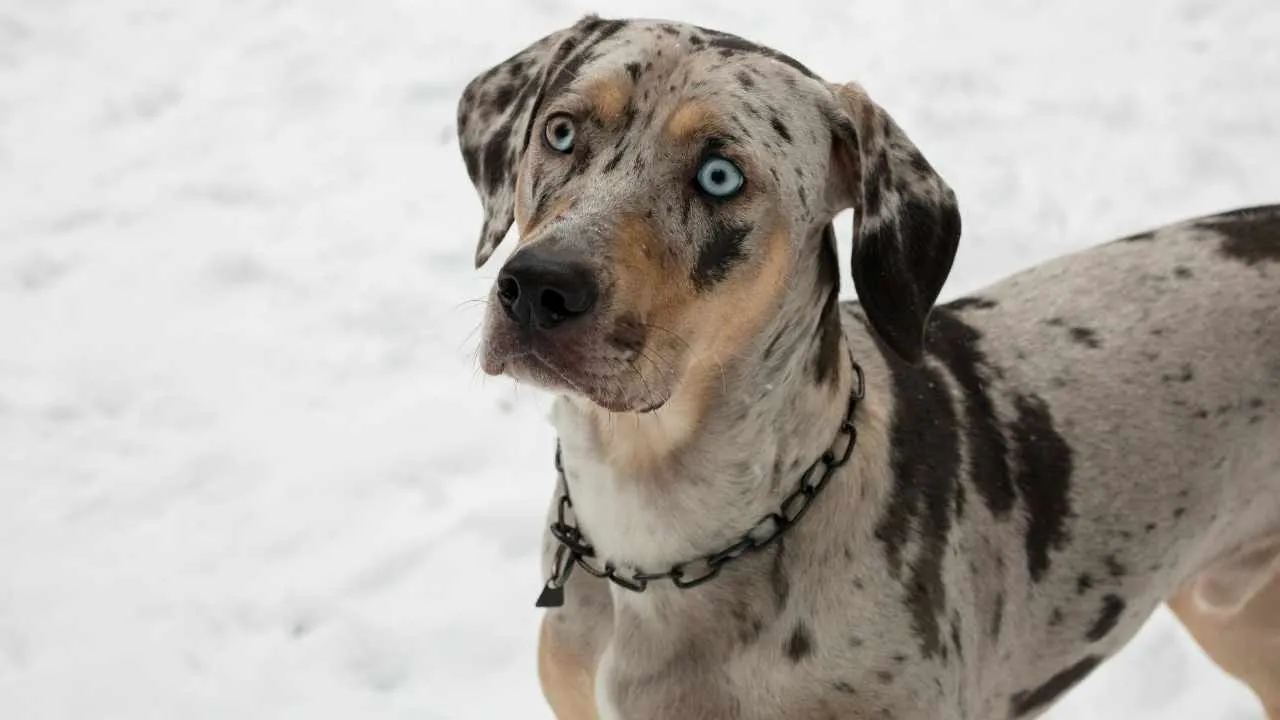
Origin: Louisiana, USA
Built for the wild and born to work, the Catahoula Leopard dog is one of the most unique and underrated breeds in the U.S. Named after Catahoula Parish in Louisiana, the breed was used for herding livestock and hunting wild hogs in the dense, swampy regions.
Their coat colors and patterns are truly unique, no two Catahoulas look the same. Just like their fierce appearance, they are intense by nature. They need a job to do, plenty of space, and a confident owner who knows how to guide a dog’s instincts. When raised right, they are loyal and bonded to their people.
Why they’re rare?
Highly driven and independent
Require space, purpose, and experienced handling
4. Chinook
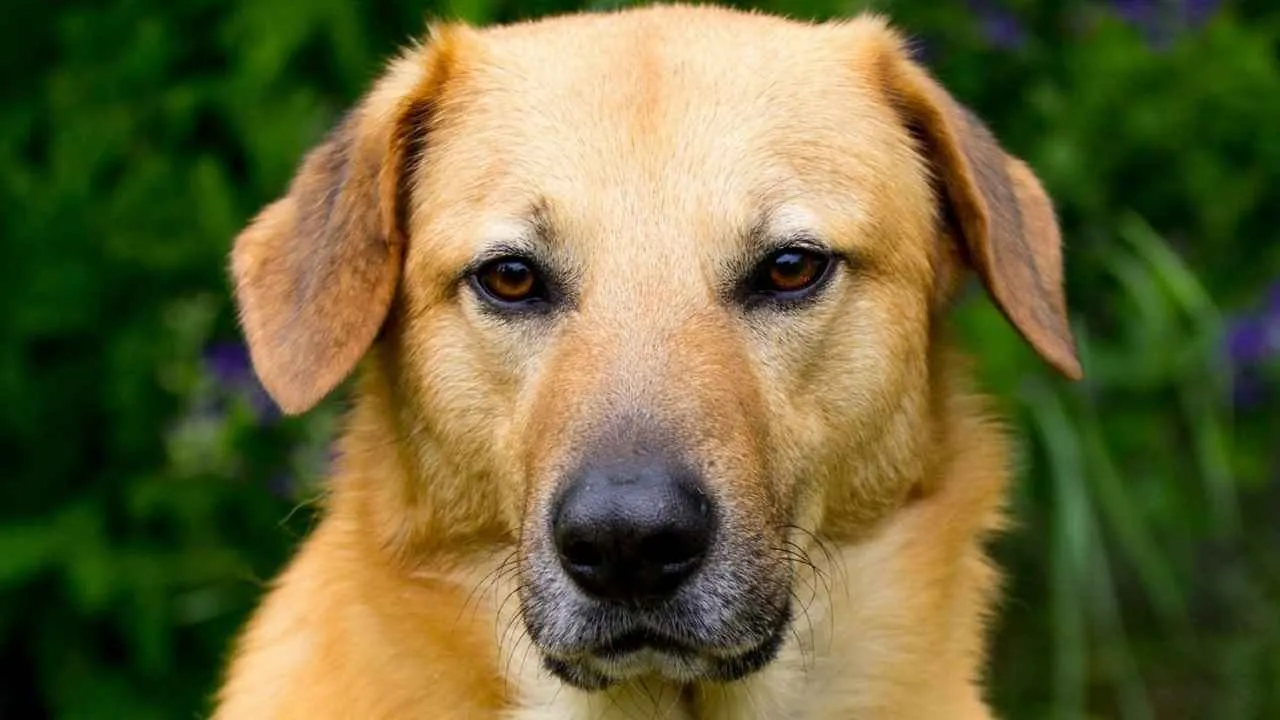
Origin: New Hampshire, USA
Big, strong, and devoted, the Chinook is an American original breed. This rare sled dog breed was developed in New Hampshire in the early 1900s. The purpose of having this dog was to have a companion who could pull heavy loads over long distances while staying gentle and focused. This made Chinook a valuable working dog for explorers.

Chinooks have a soft personality that matches their golden coats. As per PetMD, they are incredibly loyal to their families and great with children, making them a good choice for active homes. But as they need regular exercise, mental stimulation, and a strong human presence at all times, they are not suitable for casual owners.
Why they’re rare?
Small gene pool, limited breeding programs
Developed for function only
Largely unknown outside sledding circles
5. Sloughi
Origin: North Africa
The Sloughi is a rare sighthound with ancient roots tracing back to North Africa, specifically among Berber and Bedouin people. They were particularly useful for hunting small game, using their speed and stamina across harsh desert landscapes.
Being a sighthound, they use their sight to spot prey and then chase it using effortless speed. The sleek build, smooth coat, and long legs help in performance. It is truly a tough dog built for endurance.
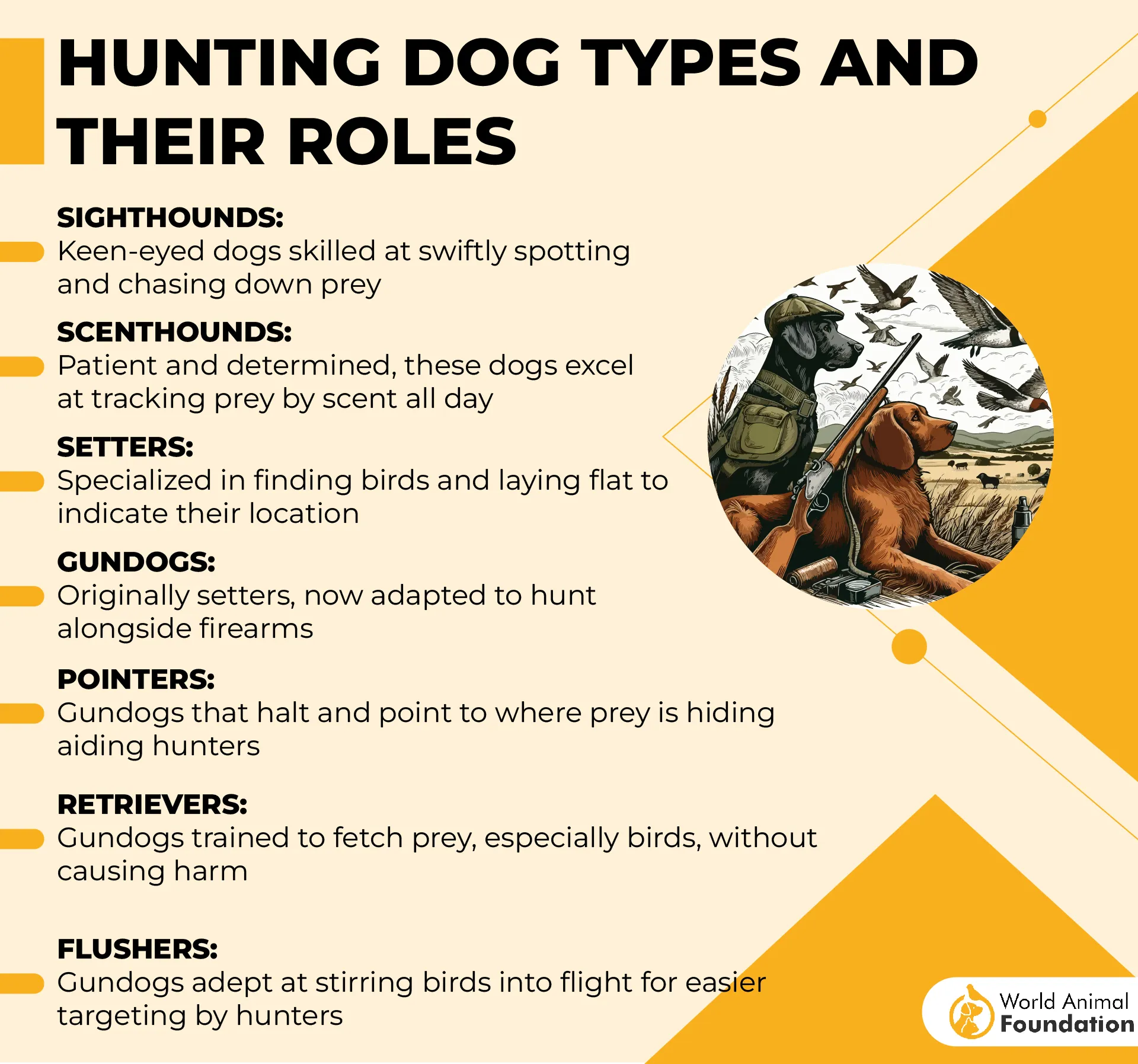
WebMD states that the Sloughi forms strong emotional bonds with families but is sensitive to harsh treatment and aloof with strangers. They thrive best in quiet, respectful homes.
Why they’re rare?
Bred mainly in North Africa
Limited export means a low global population
Need for knowledgeable owners who can handle the breed well
6. Estrela Mountain Dog
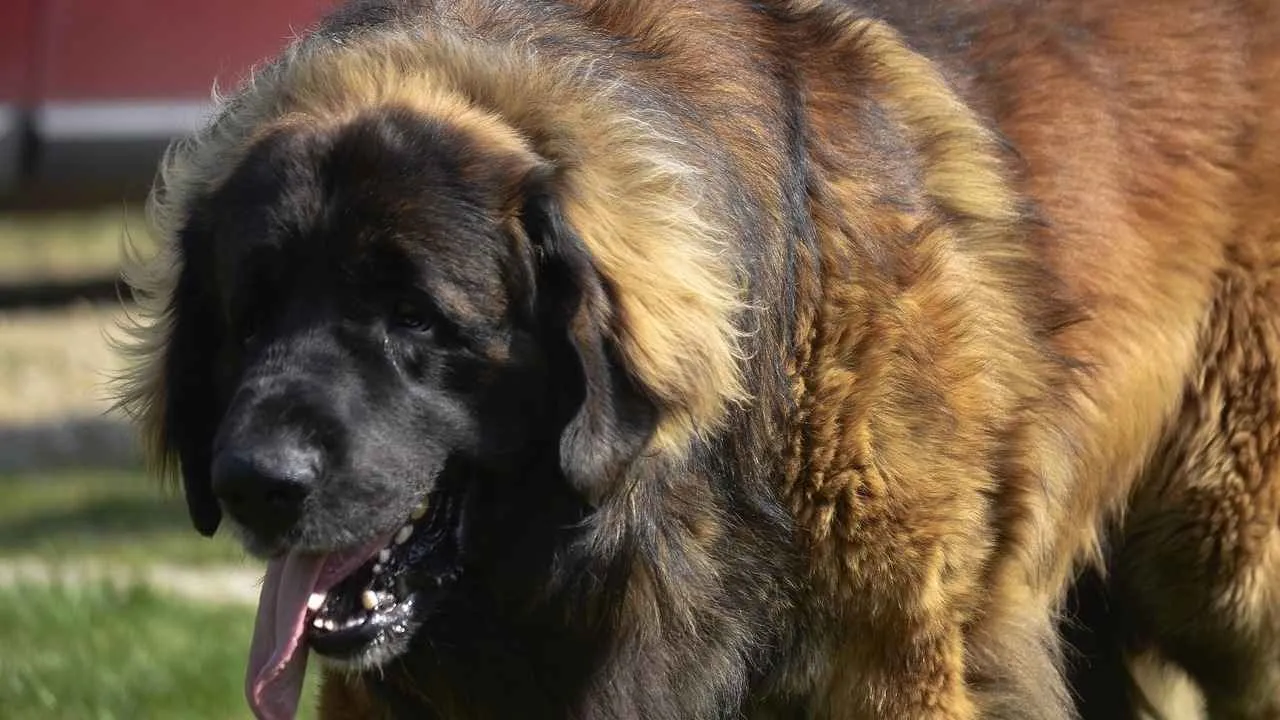
Origin: Portugal
The Estrela Mountain Dog is one of Portugal’s oldest and most treasured working breeds. Raised in the rugged mountains of Serra de Estrela, these dogs were developed to guard flocks from wolves and thieves without needing constant direction from their handlers.
Centuries of working independently as well as together with law enforcement have shaped them into confident and intelligent guardians with a strong sense of duty. Their large size, dense coat, and calm personality make them beautiful and imposing at the same time.
Estrelas are gentle with children, protective of homes, and happiest when given a job to do. They are not overly energetic but need regular exercise and early, consistent training to stay well-balanced.
Why they’re rare?
Limited international breeding and demand
Strong guarding instincts
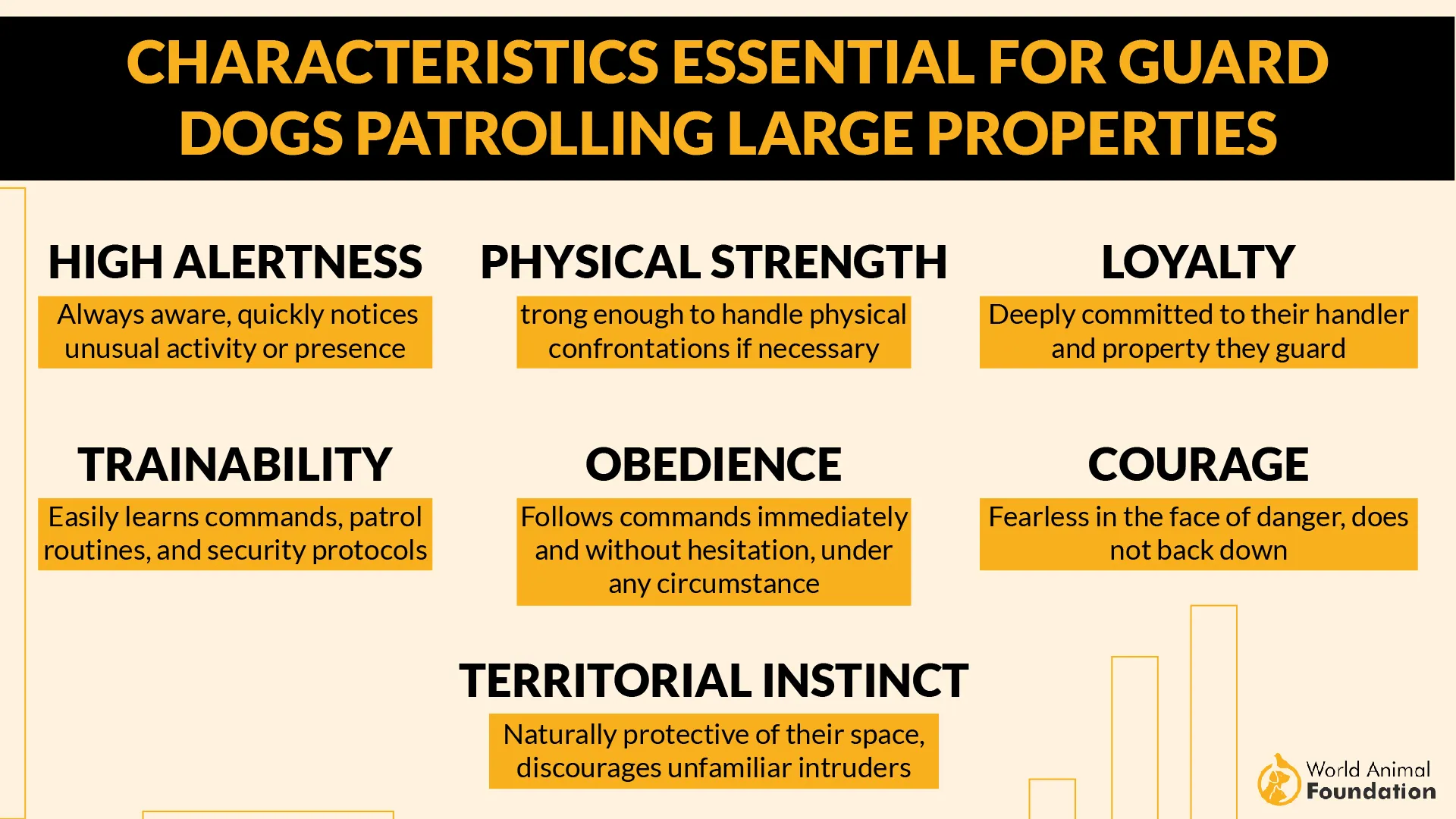
7. English Foxhound
Origin: England
The English Foxhound is a traditional pack hound, developed for one purpose only: fox hunting across the English countryside. Bred in the 1600s by crossing greyhounds and other hound breeds, they were made to run for miles, often for hours, without tiring. Its short coat and well-muscled frame make it a classic working hound, not a lapdog.
English Foxhounds are not the easiest house pets and were never meant to be home companions. They are pack animals to the core, happiest with other dogs.
Their strong prey drive, need for space, and love for running make them a challenge in small homes and urban settings. They need consistent training, a large fenced yard, and plenty of daily activity to stay happy.
Why they’re rare?
Bred for hunting in a pack
Not meant to be pets
Rise of modern hunting alternatives
Conclusion
Most of the rare large dog breeds carry a rich history and a strong purpose in a working role. These dogs have been shaped by their environments and their jobs for centuries, guarding flocks, pulling sleds, and chasing prey across wild landscapes.
Their rarity often comes down to practical reasons such as limited geographical spread, high exercise and training needs, or simply the fact that they were never bred for popularity or to be kept as pets.
Owning a rare dog breed is not for everyone, they require a lot of commitment and hard work. It is understanding their purpose and giving them a life they were meant to live. For those willing to do that, they prove best in their unique roles and offer kind companionship like no other.


